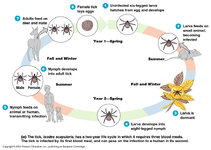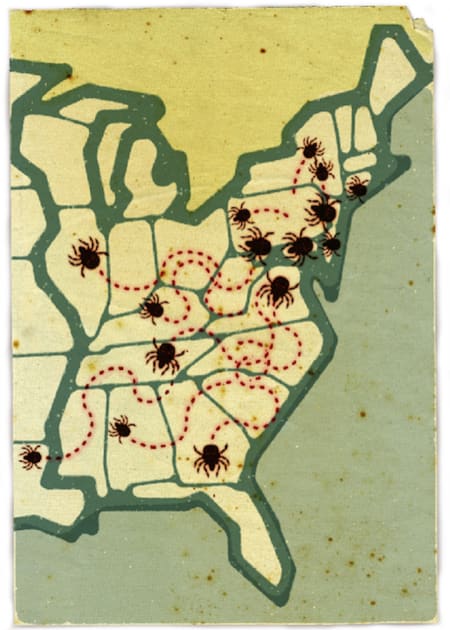Bronze Supporter
- Messages
- 12,987
- Reactions
- 23,083
Tea tree oil as a repellent. But don't let the dogs get into it.
Follow along with the video below to see how to install our site as a web app on your home screen.
Note: This feature may not be available in some browsers.
Carefully just yank them out. You don't want to squeeze the head of the tick. You just want to get the tips of the forceps between the head and your skin. Try not to squeeze the tick at all just use it to pull up the way a tick card works.So essentially pry them off?


The lack of awareness about this in the medical community really ticks me off.I have been bitten by ticks 9 times. Each time, the reaction got progressively worse. Every doctor I went to said "there is no lyme disease in Washington". The last Doctor I saw said he had actually had it and was quite concerned no other doctor ever suggest I get tested especially with the reaction I was having to the last bite. He put me on 30 days of Doxycycline and then had me get tested. Fortunately, the test came back negative which may have been from the Doxy and I have not been bitten again since then. I have several scars from the bites and it was an extremely unpleasant experience each time I had to remove them.
Hog wash.Lyme disease is a bioweapon from Plum Island. It got loose from the deer that swam between the mainland and the research station.
When removing ticks, especially if they are imbedded, it is important to do so slowly and gently. Often if they are just pulled off, the mouthparts will break off and remain in the site of bite. This can result in a persistent local infection. Proper removal can be difficult if the tick has had some time to become imbedded, as often the head as well as the mouthparts will be below the skin. In such cases, it may be best to have the tick removed by a medical professional. It is not unusual to feel nothing as the tick's salivary secretions contain an anesthetic to prevent the host from reacting to the bite and taking defensive measures.I mow our back acreage and go under firs. Last fall I was on 16 days of anti-bacterials for my own tick bite infection. Wife noted an abscess on my back while I was showering. I didn't feel much of anything. But pulled out the tick and after a couple of days fever and chills saw the doctor. Felt fine after I finished the course of drugs. I do more tick checks now.
More info here:A team of researchers led by the Yale School of Public Health has found that the Lyme disease bacterium is ancient in North America, circulating silently in forests for at least 60,000 years—long before the disease was first described in Lyme, Connecticut, in 1976 and long before the arrival of humans.
For the first time, the full genomes of the Lyme disease bacterium, Borrelia burgdorferi, were sequenced from deer ticks to reconstruct the history of this invading pathogen.
The finding shows that the ongoing Lyme disease epidemic was not sparked by a recent introduction of the bacterium or an evolutionary change—such as a mutation that made the bacterium more readily transmissible. It is tied to the ecological transformation of much of North America. Specifically, forest fragmentation and the population explosion of deer in the last century have created optimal conditions for the spread of ticks and triggered this ongoing epidemic.
